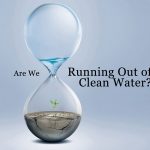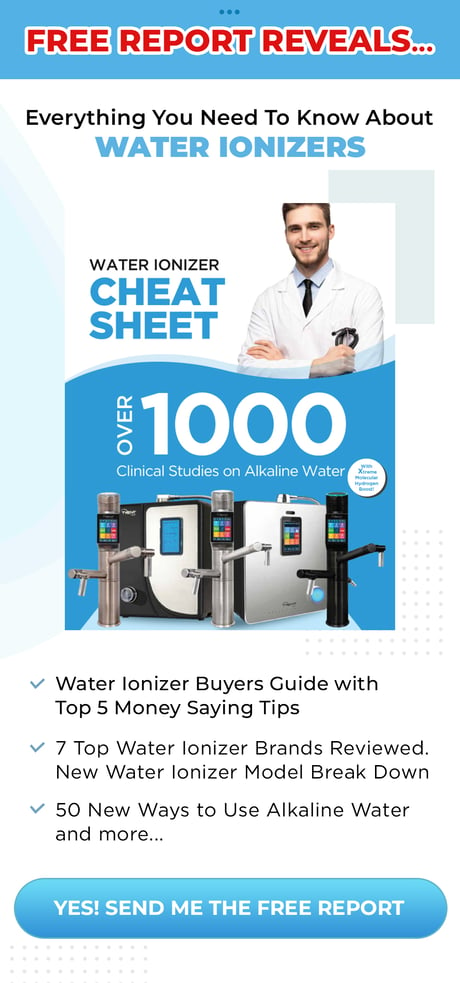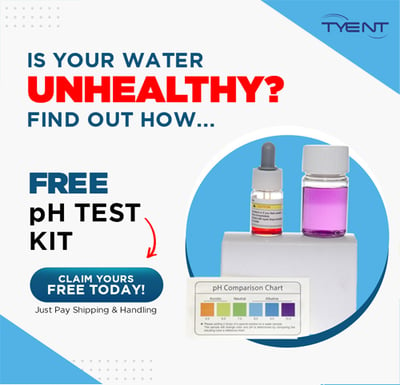The earth is an amazing planet, and water is a vital part of our planet and all of the life on it. Over 70% of the earth’s surface is covered with oceans. All living things on earth—from forests to schools of fish to our family and friends—need water to survive.
Most of us are lucky to be able to turn on our faucets and pour water into our glasses, pots, and pitchers. Amidst the business and ease of modern life, it’s common to forget how incredible it is that we can drink water whenever we want. As a reminder of why we shouldn’t take that ability for granted, we compiled a few amazing facts about water’s path from the ground, the ocean, and beyond to the glass that you’re drinking at home or at work.
We also think these facts are useful to share with younger members of your family. Perhaps they’ll begin to appreciate the hard work that goes into a cold glass of water, and maybe they’ll treat our planet a little more kindly in the process.
- All drinking water originates from precipitation.
- Some drinking water comes from precipitation that soaks into the ground.
- We use pipes and pumps to get ground water above ground and to the surface (hence the name surface water) and treat it to make it safer to drink.
- The rest of our drinking water comes from precipitation that joins existing lakes, rivers, and other bodies of water. This type of water is called surface water.
- Similarly to ground water, facilities pump water from those existing bodies of water into a treatment plant, where they can work on cleaning it up and getting it hooked up to local sinks.
- Eight percent of U.S. community water systems provide water to 82% of our population. This is because of several super-sized municipal water systems.
- The fluoridation of drinking water to prevent tooth decay has been recognized as one of the ten great public health achievements in the U.S. from 1900-1999. Fluoride is not without its controversy, however, as many people don’t believe it should automatically be added to their drinking water.
- Although our drinking water is much better than what was available even a century ago, it’s not without its flaws. In 2006, the Environmental Protection Agency (EPA) created a new rule to guard against microbial pathogens in public water systems.
- Even with the new rule, not all public water systems totally de-contaminate your water. You can get a free water report to see how your geographic area is doing.
We’re grateful to live in a society where we have access to ample water. For the cleanest water possible that also includes additional benefits of hydroxyl ions, antioxidants, and more, drink water from a Tyent water ionizer. Our water ionizers are the best on the market (just ask Michael McKenry!) and can help you in your quest to be healthier. Our ultra-filter also can filter your home or neighborhood’s water to uber-clean status, as it’s the same high level of filtration used in kidney dialysis machines.








